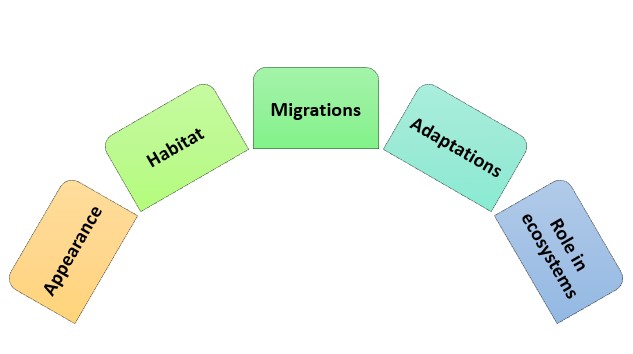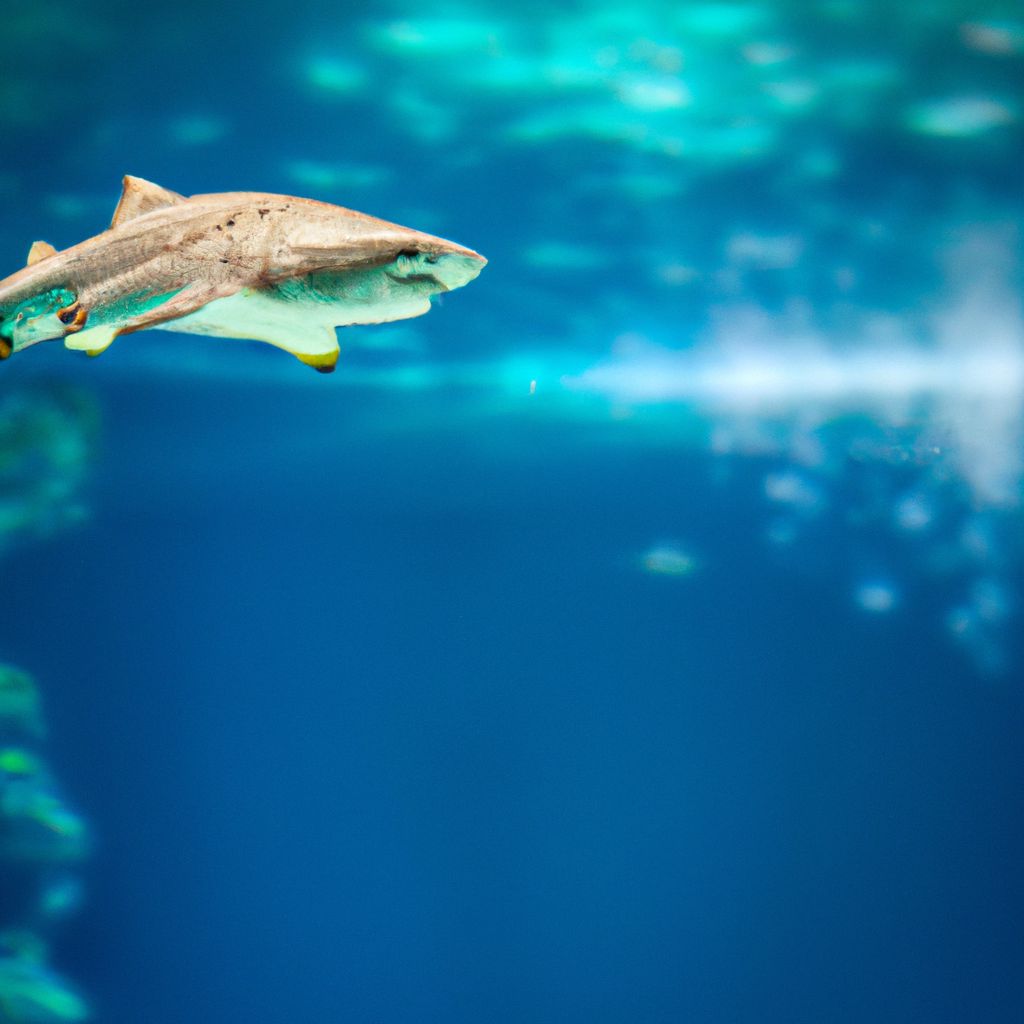
To gain an understanding of why it is important to comprehend shark behavior, dive into the introduction of this article titled ‘Do Great White Sharks Care For Their Young’. Explore the fascinating sub-section that highlights the significance of understanding shark behavior.
Key Takeaways
- Great white sharks do not exhibit traditional parental care for their young.
- Unlike some other shark species, great white sharks do not lay eggs but give birth to live young.
- After giving birth, female great white sharks do not provide any further care or protection to their offspring.
- The young sharks are left to fend for themselves and must learn to survive and hunt on their own.
- This lack of parental care is believed to be due to the great white shark’s solitary and predatory nature.
- The survival rate of young great white sharks is relatively low, with only a small percentage reaching adulthood.
- The absence of parental care may be a contributing factor to the challenges faced by young great white sharks in their early years.
- Understanding the reproductive and parenting behaviors of great white sharks is crucial for conservation efforts and ensuring the long-term survival of the species.
Great white sharks
To get acquainted with the marvelous creatures that are great white sharks, delve into the background section exploring their physical characteristics and habitat, as well as their diet and hunting behavior. This will provide you with a comprehensive understanding of these captivating apex predators in their natural environment.
Physical characteristics and habitat

Great whites are renowned for their size and habitat. They can grow up to 20 feet long, weigh 5,000 pounds, and feature a torpedo-shaped body. These powerhouses have strong jaws with serrated teeth, perfect for delivering a deadly bite.
- Appearance: The top of a great white is gray, blending in with the ocean floor. It has a white underside, where its name originates.
- Habitat: They live in oceans worldwide, seeking out temperate waters near marine mammals like seals and sea lions.
- Migrations: Great whites travel long distances to find food or mates.
- Adaptations: They have a keen sense of smell and special organs called ampullae of Lorenzini to detect electric signals.
- Role in ecosystems: As top predators, they regulate the populations of creatures lower down the food chain.
Though much is known about great whites, scientists still study their behavior, migration patterns, and impact. To protect these majestic creatures, conservation efforts must be maintained. Remember to observe these creatures from a safe distance!
Diet and hunting behavior

Great white sharks have a fascinating and diverse diet. They are apex predators known for their impressive hunting skills and ability to eat a wide variety of marine species. Mainly, they feast on seals, sea lions, and smaller cetaceans like dolphins and porpoises.
| Prey Species | % of Diet |
|---|---|
| Seals | 30% |
| Sea Lions | 25% |
| Dolphins | 20% |
| Porpoises | 15% |
| Other Fish | 10% |
As seen in the table, seals make up 30% of the diet, followed by sea lions at 25%. Dolphins and porpoises are also a major food source, with 20% and 15% respectively. Other fish make up the remaining 10%.
In addition to their diet, great white sharks have a powerful sense of smell. This helps them detect prey from far away, even if they can’t see them. One example of this is a 1959 experiment off the coast of South Africa. A live cow was thrown into the ocean. Despite being surrounded by miles of open water, within minutes a great white shark arrived and devoured it. This shows how good they are at hunting!
Importance of understanding shark behavior
Unlock the mysteries of shark behavior! It’s essential for many reasons:
- Gives us a deeper understanding of their natural habitats and how they keep the ecosystem in balance.
- Helps promote human safety and reduce conflicts with sharks.
- Aids in the conservation and management of shark populations, providing info on their feeding habits, migration patterns, and breeding behaviors.
- Assists in studying the impacts of climate change on these apex predators, and predicting potential threats to their survival in the future.
Plus, knowledge of different species’ specific behavioral traits is key. For example, some may be more aggressive while others are more peaceful. This helps with management strategies and public education initiatives to enhance coexistence.
To better understand shark behavior, long-term studies should be conducted, involving local communities for their experiences. Modern tech like satellite tagging and acoustic tracking can provide valuable data, so scientists can gain a comprehensive understanding of shark lives. So let’s dive into the depths of great white shark behavior and uncover the secrets of the deep!
Reproduction in great white sharks
To understand reproduction in great white sharks, delve into the mating patterns and courtship rituals, along with the fascinating aspects related to female great white sharks and pregnancy. Discover the intricacies of how these magnificent creatures propagate their species and care for their young.
Mating patterns and courtship rituals
During mating season, male great whites utilize their acute sense of smell to detect potential mates. They’ll circle her and display dominant postures to show their strength. In some cases, males may even bite or ram each other in order to gain favor.
Uniquely, female great whites can reproduce using both internal fertilization and oviparity (egg-laying). This provides them with increased flexibility in adapting to different habitats.
Scientists have also observed that female great whites mate with multiple males during a single breeding season. This is known as multiple paternity and ensures genetic diversity within offspring. All of this shows the sophisticated nature of mating patterns among these majestic predators.
It appears that even in the animal kingdom, female great whites have to go through the same anxieties of pregnancy that humans do. From baby weight to morning sickness, no one escapes the struggles of pregnancy!
Female great white sharks and pregnancy
Female great whites have an amazing ability: ovoviviparity! It’s where the fertilized eggs develop inside her body, and she gives birth to live young. Gestation is 11-16 months long, and typically happens in warm waters during spring and summer.
These incredible creatures can give birth to multiple pups at once – 2 to 14! The litter size depends on the female’s size and age, and environmental factors such as food availability.
To protect female great whites, we need to implement stricter regulations on shark fishing in breeding areas. We must also educate local communities about the importance of great white shark conservation. This includes dispelling misconceptions about these powerful predators, and raising awareness about their role in marine ecosystem balance.
Parental care in great white sharks
To understand parental care in great white sharks, delve into the research on their parental care behavior and the ways they protect and nurture their young.
Research on parental care behavior
The research into great white shark parental care behavior is fascinating. These oceanic giants exhibit various parental traits, such as live birth, protecting their young, and teaching them essential survival skills. Plus, female sharks provide important nutrients to their unborn embryos through a placental connection.
This research was conducted by marine biologists from the Oceanographic Institute at California State University. Their efforts have increased our knowledge of this incredible species.
Protection and nurturing of young
Great white sharks are known for their remarkable parenting behavior. Let’s examine how they protect and nurture their young!
Female great whites mate with multiple males during breeding season. They then carry embryos in their uterus for a year. After birth, the pups are small versions of their parents, usually 4-5 feet long.
The mother shark guards her young by swimming in shallow waters, where predators can’t reach them. This allows her offspring to grow stronger before venturing into deeper waters. She also aggressively defends against any potential threats.
Scientists have done extensive research on great white shark parenting techniques. They study mating habits, gestation periods, and post-birth behavior. This gives us insight into one species, as well as animal behavior as a whole.
Come explore the world of great white sharks! Uncover the wonders beneath the ocean surface and learn how these mighty guardians ensure their young’s survival. Don’t miss out on this fascinating journey!
Challenges and threats to parental care
To navigate the challenges and threats to parental care in great white sharks, explore the sub-sections: “Human impacts on great white shark populations” and “Conservation efforts to protect young sharks.” Uncover how these solutions address critical concerns for the well-being and survival of their young in the vast ocean ecosystem.
Human impacts on great white shark populations
The great white shark, an iconic and mysterious creature of the deep sea, is facing many challenges due to human activities. Overfishing, pollution, and habitat destruction have affected their populations.
Climate change has had an additional effect on them. Rising sea temperatures and changes in ocean currents make it harder for them to find food. Global warming can also affect their reproductive cycles.
Throughout history, humans have both been in awe and feared these creatures. They have been misrepresented in popular culture and media, leading to misunderstanding of their behavior.
This has led to conservation efforts to protect young sharks. Parental care is now more important than ever! Someone needs to check under their fin for seaweed!
Conservation efforts to protect young sharks
Young sharks face a variety of dangers that could compromise their survival. But, there are conservation efforts in place to ensure their welfare.
Organizations are taking steps to protect these creatures. These steps include creating protected areas where juvenile sharks can live without human interference. There are also regulations and policies that limit fishing practices that harm or target young ones.
Educational programs are also being implemented to increase awareness about shark conservation. Through these initiatives, people are learning the role of young sharks in the environment and the consequences of their decline.
Let’s join forces with conservationists by backing their initiatives and speaking out about the plight of young sharks. Our actions now will decide if future generations are blessed to see these wonderful animals. Let’s take this chance to make a difference and safeguard the future of our oceans.
Frequently Asked Questions
Q: Do great white sharks care for their young?
A: No, great white sharks are known as “ovoviviparous” species, meaning they give live birth to fully formed young sharks. Once born, the young sharks are left to fend for themselves.
Q: How do great white sharks give birth?
A: Great white sharks give birth to live pups after a gestation period of approximately 12-18 months. The female shark gives birth to 2-14 fully developed shark pups in shallow waters.
Q: What happens to the young sharks after birth?
A: Once the young sharks are born, they are left to survive on their own. They must immediately swim and find their own food to survive. There is no parental care or protection provided by adult great white sharks.
Q: Do great white shark mothers abandon their young?
A: Great white shark mothers do not actively abandon their young. However, their survival strategy involves giving birth in areas with abundant food sources and then leaving the pups to navigate the ocean independently.
Q: How do young great white sharks learn to survive?
A: Young great white sharks possess natural instincts and innate behaviors that allow them to learn survival skills. They learn to hunt, find shelter, and navigate the ocean through trial and error and by observing the behavior of other marine creatures.
Q: Could great white sharks exhibit any form of care towards their young in the future?
A: While it is unlikely that great white sharks will evolve to exhibit parental care towards their young, the study of animal behavior is constantly evolving. Future discoveries may provide insights into potential changes in the behavior of great white sharks.
Conclusion
To conclude, you now possess a comprehensive understanding of great white shark parental care. The summary of findings on great white shark parental care provides crucial insights into their behavior, while the importance of further research highlights the need for ongoing investigation.




